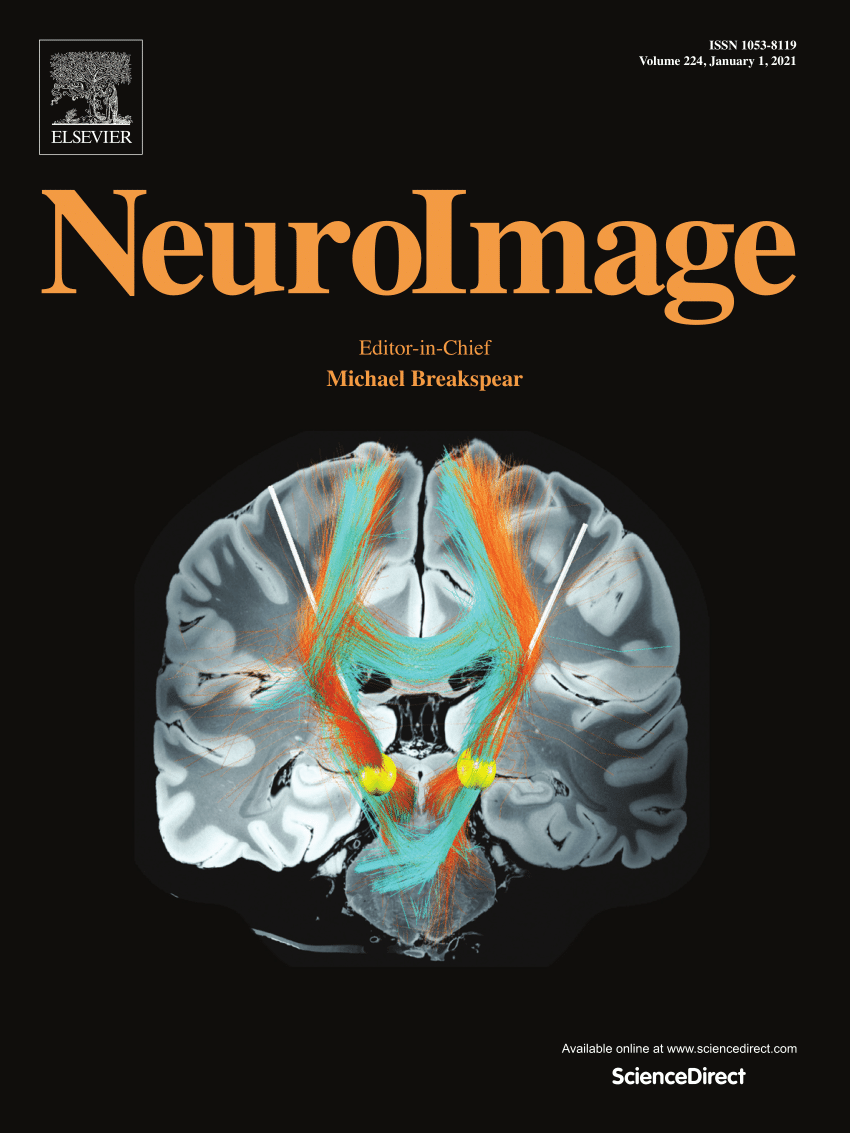"香味产品在人脑中的潜在偏好表征:新奇感和熟悉感的影响"。
IF 4.7
2区 医学
Q1 NEUROIMAGING
引用次数: 0
摘要
本文章由计算机程序翻译,如有差异,请以英文原文为准。
Latent preference representation in the human brain for scented products: Effects of novelty and familiarity
Decoding latent preferences for novel products is crucial for understanding decision-making processes, especially when subjective evaluations are unclear. Brain activity in regions like the medial orbitofrontal cortex and nucleus accumbens (NAcc) correlates with subjective preferences. However, whether these regions represent preferences toward novel products and whether coding persists after familiarity remain unclear. We examined the brain coding of latent preferences for novel scented products and how they evolve with familiarity. We measured functional magnetic resonance imaging (fMRI) signals evoked by three fabric softener odors, both when novel and when familiar, in 25 previously unexposed females. To obtain reliable preferences, participants chose one softener after using all three twice at home after the first fMRI measurement (Day 1) and continued using it at home for four months until the second day of the fMRI measurement (Day 2). Subjective ratings were also obtained after each fMRI run. On Day 1, no significant differences in subjective ratings between selected and non-selected odors were found. However, the decoding analysis revealed that future odor preferences for novel products were coded in several regions, including the left superior frontal lobe (SF), right NAcc, and left piriform cortex. On Day 2, the left SF continued to encode preferences after familiarity. These results suggest that odor preferences for novel products are coded in the brain even without conscious awareness, and that the coding in the SF is robust against familiarity. These findings provide insights into a more comprehensive understanding of the brain coding of latent preferences.
求助全文
通过发布文献求助,成功后即可免费获取论文全文。
去求助
来源期刊

NeuroImage
医学-核医学
CiteScore
11.30
自引率
10.50%
发文量
809
审稿时长
63 days
期刊介绍:
NeuroImage, a Journal of Brain Function provides a vehicle for communicating important advances in acquiring, analyzing, and modelling neuroimaging data and in applying these techniques to the study of structure-function and brain-behavior relationships. Though the emphasis is on the macroscopic level of human brain organization, meso-and microscopic neuroimaging across all species will be considered if informative for understanding the aforementioned relationships.
 求助内容:
求助内容: 应助结果提醒方式:
应助结果提醒方式:


